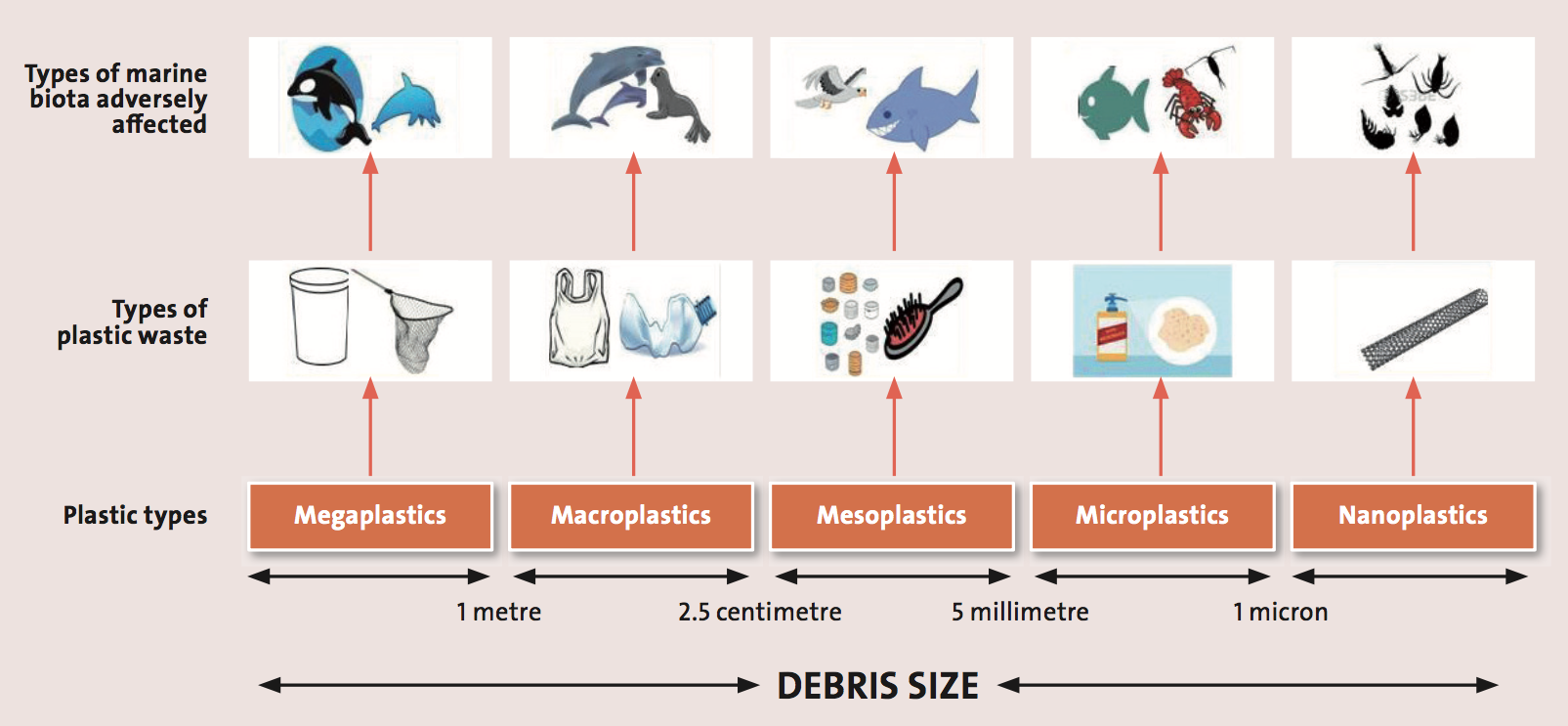 We have all heard how plastic pollution has overrun every corner of the world. Recently, scientists made the startling discovery that microplastics are even found in the human bloodstream.
We have all heard how plastic pollution has overrun every corner of the world. Recently, scientists made the startling discovery that microplastics are even found in the human bloodstream.
After analyzing blood samples from 22 healthy blood donors, researchers found particles of plastic in 17 of them!
Most of the microplastics were classified as polyethylene terephthalate (PET), which is commonly found in drink bottles, and there were traces of polyethylene, which makes up plastic bags.
Although the exact chemical effects of microplastics on our bodies are unknown, it is clear that the increasing amounts of plastic in our environment could pose a risk to human cells in the future.
What are Microplastics?
We often think of plastic as a rather obvious pollutant - from plastic bags contaminating the oceans to bottles and snack packets littering natural habitats. However, less observed and equally dangerous to the environment are the plastic particles that are imperceptible to the human eye.
Microplastics are officially defined as pieces of plastic debris that are less than five millimeters in length and they are classified into two major categories - primary and secondary.
The minuscule plastics found in commercially manufactured products like the particles in cosmetics or microfibers that shed from clothing are known as primary microplastics. Meanwhile, secondary microplastics include plastic residue from the weathering and breakdown of larger plastics by environmental factors like wave/wind abrasion or radiation from the sun.
As with normal-sized plastics, microplastics can take hundreds of years to fully degrade. During this time, they can cause irrevocable damage to ecosystems - such as being accidentally consumed by marine animals or finding their way into drinking water.

Image credit: openedition.org
Microplastics are Everywhere
Microplastics were never considered a significant threat to the atmosphere until recent studies began to reveal just how prevalent these tiny particles are across the skies. For example, scientists recently discovered the presence of microplastics in the Pyrenees Mountain Range in Europe, presumed to have arrived by rain or snow.
The low mass of microplastics makes them particularly susceptible to being airborne - which is why they can travel hundreds, even thousands, of miles from their source. They are also prone to spreading through wastewater, oceans, and even soil.
Plastic particles that are being blown and swept into the air have the potential to affect air quality and cloud formation. In fact, an excess of microplastics in the air could form artificial clouds that tend to stick around longer than naturally forming clouds.
With microplastics dominating the air we breathe, there is also an increasing concern that they may affect the human lungs and respiratory system. The new study will allow scientists to better understand the impacts on human health and is a reminder of the urgent need to find other alternatives to plastic.
Sources: Guardian, Yale, NatGeo, ScienceAlert








